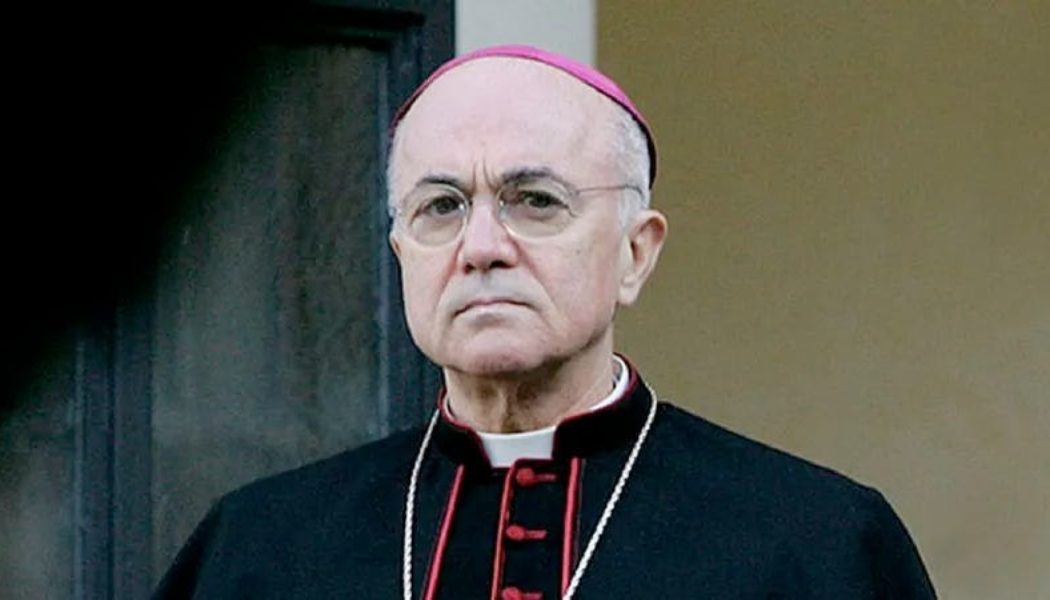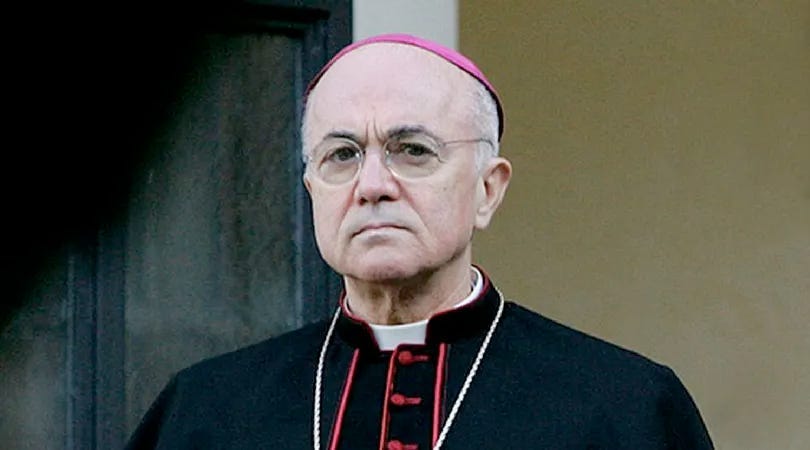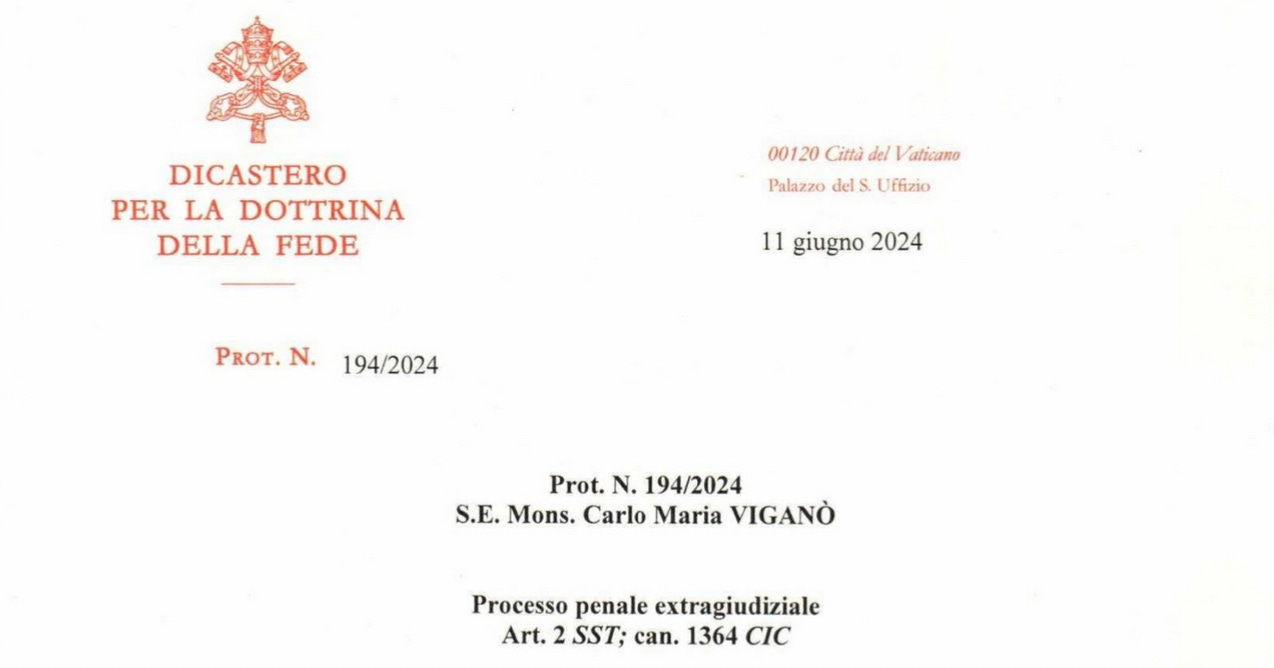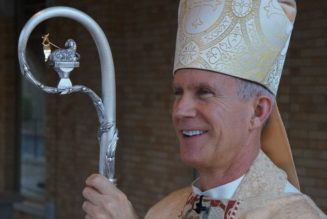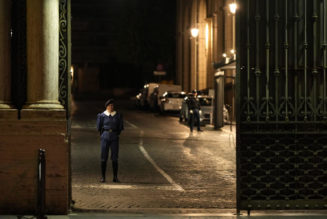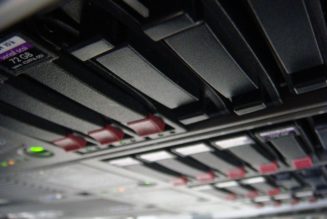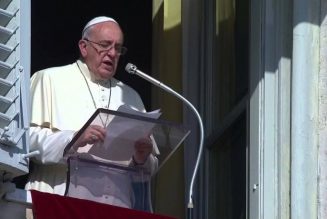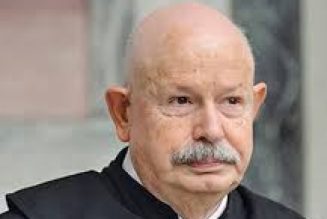The Vatican doctrine office announced Friday that it had found Archbishop Carlo Maria Viganò guilty of the canonical crime of schism and declared his automatic excommunication.
A July 5 statement from the Holy See press office said that the verdict of the Dicastery for the Doctrine of the Faith (DDF) was reached on Thursday and communicated to the former papal nuncio to the United States Friday.
The statement said: “On 4 July 2024, the congress of the Dicastery for the Doctrine of the Faith met to conclude the extrajudicial penal process referred to in canon 1720 CIC against the Most Reverend Carlo Maria Viganò, titular Archbishop of Ulpiana, accused of the reserved delict of schism (canons 751 and 1364 CIC; art. 2 SST).”
“His public statements manifesting his refusal to recognize and submit to the Supreme Pontiff, his rejection of communion with the members of the Church subject to him, and of the legitimacy and magisterial authority of the Second Vatican Council are well known.”
The statement added: “At the conclusion of the penal process, the Most Reverend Carlo Maria Viganò was found guilty of the reserved delict of schism.”
“The dicastery declared the latae sententiae excommunication in accordance with canon 1364 § 1 CIC.”
“The lifting of the censure in these cases is reserved to the Apostolic See.”
The archbishop had not responded publicly to the declaration by press time.
The outspoken former Vatican diplomat announced June 20 that he had received a citation in an extrajudicial process, authorized by the congress of the DDF’s members on May 10.
According to the citation, dated June 11, the DDF’s senior membership voted to proceed with Viganò’s prosecution via an abbreviated extrajudicial process, as opposed to a full canonical trial.
The citation also ordered the former Vatican ambassador to appear at the dicastery in Rome to answer the charges on June 20, either in person or via formal legal representation.
The charge of schism is defined by canon law as the “refusal of submission to the Supreme Pontiff or of communion with the members of the Church subject to him.”
According to the decree of citation sent to Viganò, the archbishop was accused of making “public statements resulting in a denial of the elements necessary to maintain communion with the Catholic Church: denial of the legitimacy of Pope Francis, breaking of communion with him, and rejection of the Vatican Council II.”
The dicastery is authorized to judge cases of crimes against the faith, as well as the most serious crimes against morals and the sacraments, and by special papal mandate can judge those who would otherwise be subject only to the Bishop of Rome, including cardinals, patriarchs, papal legates, and bishops.
Viganò, a prominent critic of Pope Francis and Vatican Council II, and an outspoken supporter of Russian president Vladimir Putin, issued a lengthy statement June 20 in response to his citation for schism, which he called a “badge of honor.”
“It is no coincidence that the accusation against me concerns the questioning of the legitimacy of [Pope Francis] Jorge Mario Bergoglio and the rejection of Vatican [Council] II: the Council represents the ideological, theological, moral and liturgical cancer of which the Bergoglian ‘synodal church’ is necessary metastasis,” the archbishop wrote.
The citation to appear before the DDF was, the decree said, Viganò’s opportunity to inspect the evidence against him, in line with canonical procedure for an extrajudicial process.
An extrajudicial process — not to be confused with an extralegal process — is an abbreviated canonical disciplinary procedure that can be used when the evidence gathered during a formal preliminary investigation is sufficiently clear, such that a full canonical trial is not merited.
In such cases, the accused’s rights to legal representation, to see the evidence against them, and to make their own defense remains intact, but several rounds of formal trial procedure are omitted.
The same extrajudicial process was used in the case of former cardinal Theodore McCarrick, who was accused of several acts of sexual abuse and was laicized as the result of the process.
In Viganò’s case, the canonical penalty attached to the crime of schism is the declaration of a latae sententiae excommunication, which can have added to it other penalties, including a prohibition or order concerning the schismatic’s place of residence, removal from ecclesiastical office, and prohibition on the exercise of ministry.
Loss of the clerical state is not ordinarily a penalty imposed for schism, since the law presumes first the application of “medicinal penalties,” intended to effect the offender’s repentance and which can be lifted later.
But canon law states that laicization, which is a perpetual penalty, can be imposed for schism if the person found guilty is judged to be obstinate in their crime, or “the gravity of scandal demands it.”
Viganò appeared to affirm the substance of the charges against him in his response to them, in which he suggested Pope Francis and Vatican Council II represent a cancer in the Church.
Having been charged with breaking communion with the pope, who he referred to in his press release as “Jorge Maria Bergoglio,” Viganò said: “I believe that the very wording of the charges confirms the theses that I have repeatedly supported in my interventions.”
In a June 28 statement, Viganò underlined that he did not recognize “the authority of the tribunal that claims to judge me, nor of its prefect, nor of the one who appointed him.”
The DDF decree noted that if the archbishop declined to appear in Rome June 20, as directed, or send a duly appointed canon lawyer, he would have a canonist assigned to defend him ex officio by the dicastery.
Viganò confirmed June 21 that he did not answer the charges in person.
The archbishop, who left office in 2016, emerged as a strident and increasingly erratic critic of the Church and hierarchy in the wake of the 2018 Theodore McCarrick scandal.
After first issuing a lengthy “testimony” in which he claimed to have repeatedly warned Vatican superiors about McCarrick, including Pope Francis, he later became an outspoken supporter of then-president Donald Trump, appearing via video link at several “Stop the Steal” rallies in the wake of the 2020 presidential election, which he called “the most colossal electoral fraud in history.” He also urged resistance to the “deep state” and “New World Order.”
Since then, he has been described as living “in seclusion” in an undisclosed location from which he issues regular “declarations” via the internet and makes occasional appearances on cable television in which he has denounced Pope Francis and Vatican Council II.
In 2022, Viganò broke with his previous support of Trump, and issued a lengthy statement on the Russian invasion of Ukraine in which he recognized Moscow as the “Third Rome,” and described the sees of Rome and Constantinople as “deserted and silent,” and “hostage to apostates.”
The archbishop hailed Russia as having “an epochal role in the restoration of Christian civilization, contributing to bringing the world a period of peace from which the Church too will rise again purified and renewed in her ministers.”
Comments 12
Services Marketplace – Listings, Bookings & Reviews
